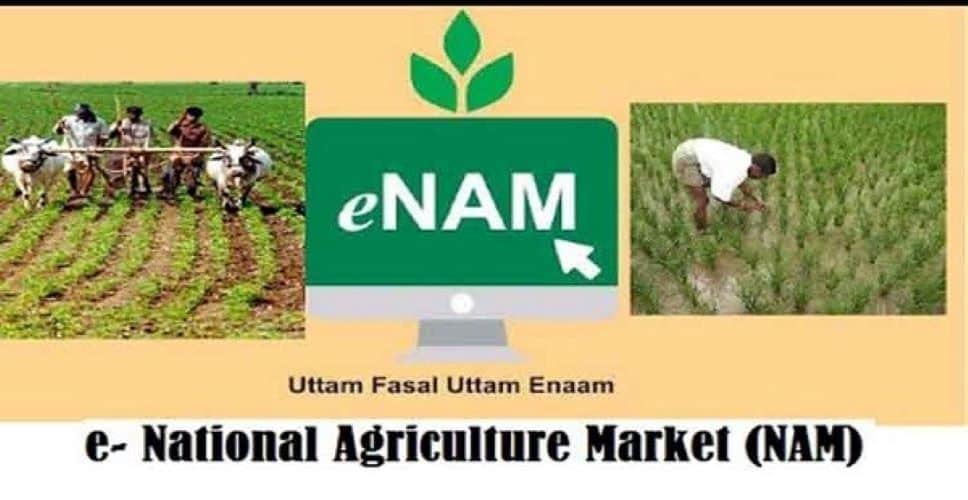Implementing of National Agriculture Market (e-NAM) Platform

e-NAM: Transforming Agriculture in India
The Indian government is making significant strides in modernizing its agricultural sector through the implementation of the National Agriculture Market (e-NAM) scheme. This initiative aims to facilitate online trading of agricultural and horticultural commodities. By creating a competitive online bidding system, e-NAM promotes transparent price discovery for farmers. As of October 31, 2024, the scheme has integrated 1,389 mandis across 23 states and four Union Territories, marking a substantial step towards digitizing agriculture in India.
The e-NAM Initiative: A Game Changer for Farmers
The e-NAM scheme is designed to empower farmers by providing them with a platform to sell their produce directly to buyers. This online marketplace eliminates intermediaries, allowing farmers to receive better prices for their goods. The competitive bidding system encourages fair pricing, which is crucial for the livelihood of farmers.
As of now, over 1.78 crore farmers, 2.62 lakh traders, and more than 4,250 Farmer Producer Organizations (FPOs) are registered on the e-NAM platform. The total value of agricultural produce traded through e-NAM has reached an impressive ₹3.79 lakh crore. This digital transformation not only enhances the income of farmers but also increases their access to a wider market.
The government has emphasized that e-NAM is a demand-driven scheme. The integration of mandis into the e-NAM platform is based on proposals from state governments and Union Territories. This ensures that the needs and readiness of local markets are taken into account, making the system more effective and responsive.
State-wise Integration of Mandis
As of October 31, 2024, a total of 1,389 mandis have been integrated into the e-NAM platform. This integration spans across 23 states and four Union Territories. Each state has contributed to this initiative in varying degrees, reflecting their unique agricultural landscapes and market demands.
For instance, Gujarat leads with 144 mandis integrated into the e-NAM platform, followed by Rajasthan with 145 mandis. Other notable states include Andhra Pradesh with 33 mandis and Maharashtra with 133 mandis. The integration process is contingent upon fulfilling the necessary infrastructure and technical requirements outlined in the e-NAM operational guidelines.
This state-wise integration not only facilitates local farmers but also promotes regional agricultural products. By connecting diverse mandis, e-NAM fosters a more cohesive agricultural market across the country.
The Impact of e-NAM on Agricultural Trade
The e-NAM platform has revolutionized the way agricultural trade is conducted in India. By providing a digital marketplace, it has made trading more accessible and efficient. Farmers can now sell their produce from the comfort of their homes, reducing the need for physical presence in mandis.
Moreover, e-NAM enhances price transparency. Farmers can see real-time prices for their commodities, enabling them to make informed decisions about when and where to sell. This transparency is crucial in a sector that has historically been plagued by price manipulation and exploitation by middlemen.
The success of e-NAM is evident in the substantial volume of trade recorded on the platform. The scheme has not only improved farmers’ incomes but has also attracted more traders to the agricultural market. As more mandis join the platform, the potential for growth and improvement in the agricultural sector continues to expand.
Observer Voice is the one stop site for National, International news, Sports, Editor’s Choice, Art/culture contents, Quotes and much more. We also cover historical contents. Historical contents includes World History, Indian History, and what happened today. The website also covers Entertainment across the India and World.

